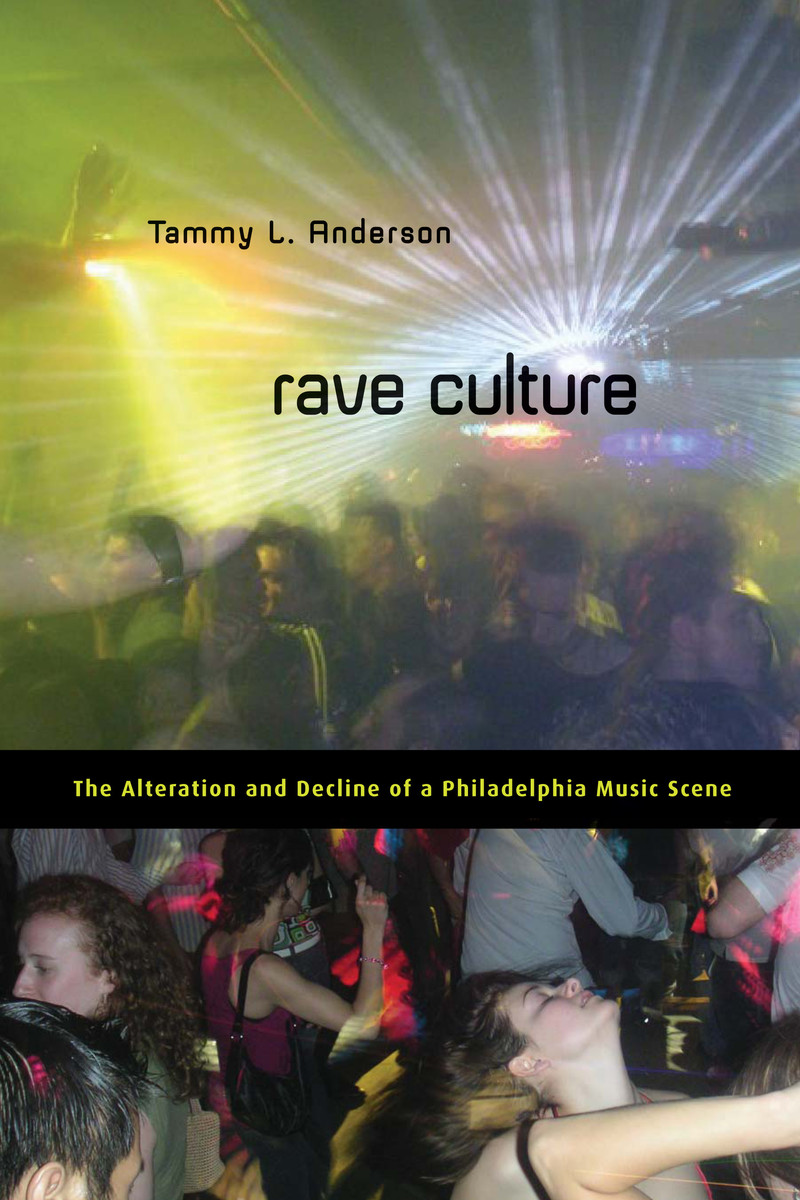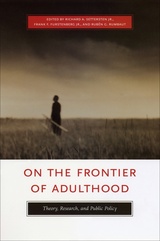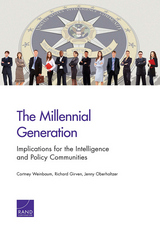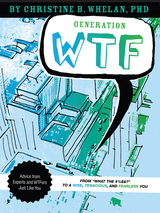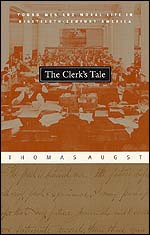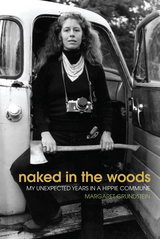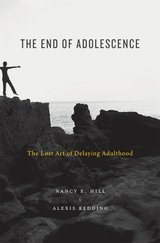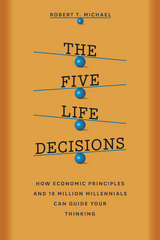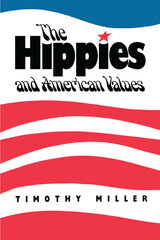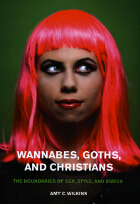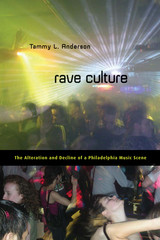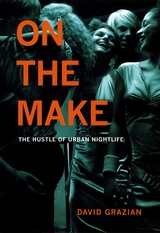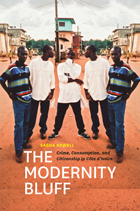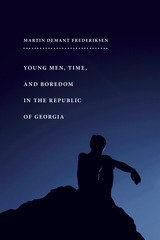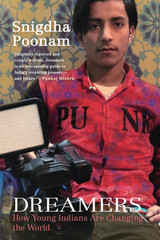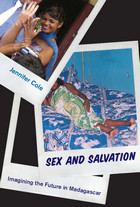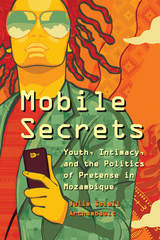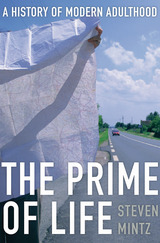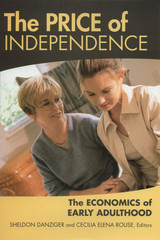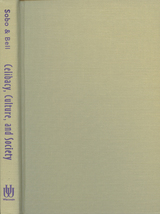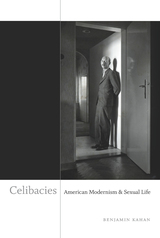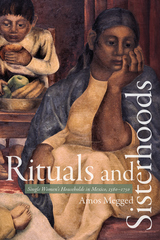Paper: 978-1-59213-934-7 | eISBN: 978-1-59213-935-4 | Cloth: 978-1-59213-933-0
Library of Congress Classification HQ799.73.P55A53 2009
Dewey Decimal Classification 306.109748110905
It used to be that raves were grass-roots organized, anti-establishment, unlicensed all-night drug-fueled dance parties held in abandoned warehouses or an open field. These days, you pay $40 for a branded party at popular riverfront nightclubs where age and status, rather than DJ expertise and dancing, shape your experience.
In Rave Culture sociologist Tammy Anderson explores the dance music, drug use and social deviance that are part of the pulsing dynamics of this collective. Her ethnographic study compares the Philadelphia rave scene with other rave scenes in London and Ibiza. She chronicles how generational change, commercialization, law enforcement, hedonism, and genre fragmentation fundamentally altered electronic dance music parties. Her analysis calls attention to issues of personal and collective identity in helping to explain such social change and what the decline of the rave scene means for the future of youth culture and electronic dance music.
See other books on: Anderson, Tammy | Decline | Philadelphia | Rave culture | Young adults
See other titles from Temple University Press
